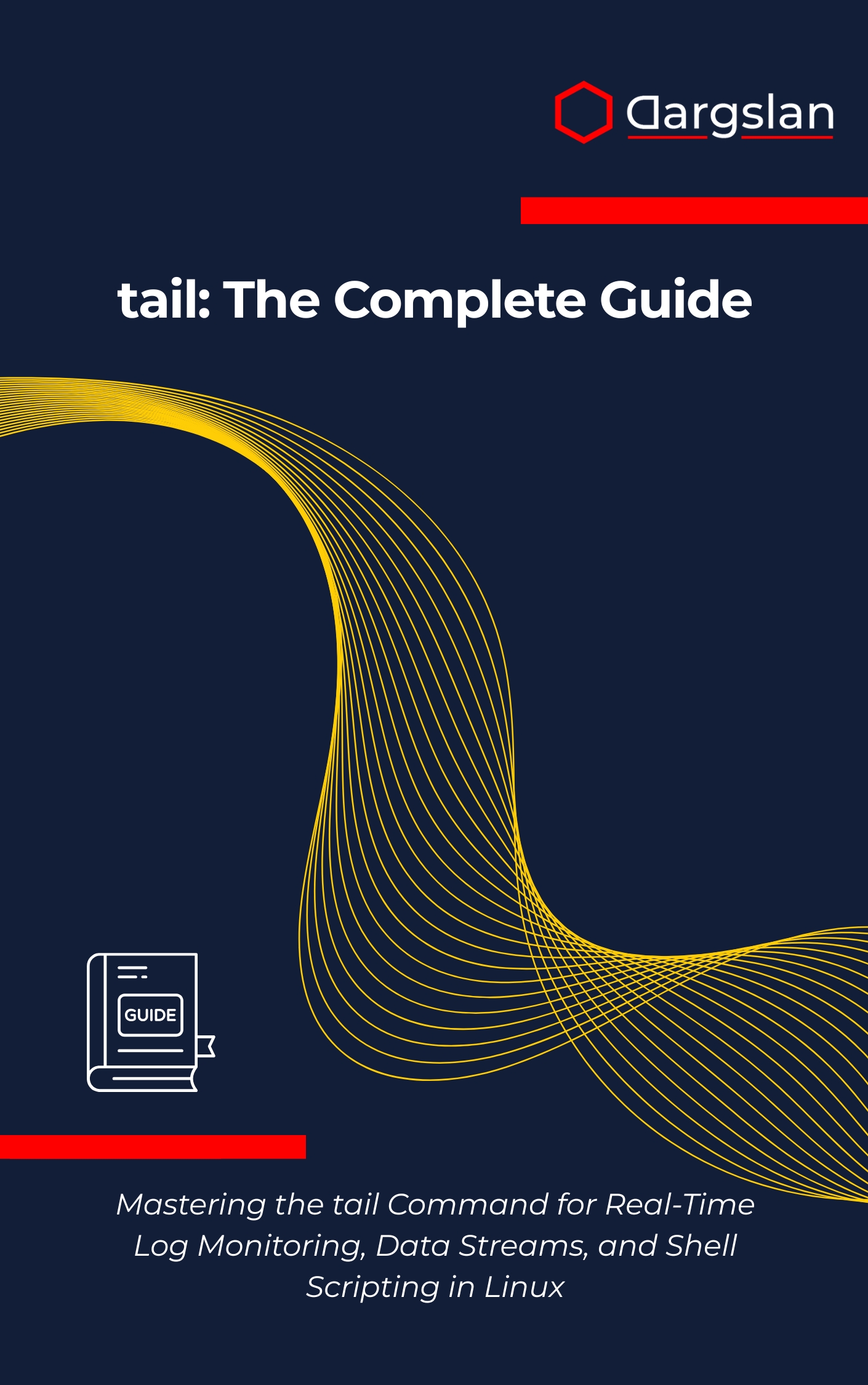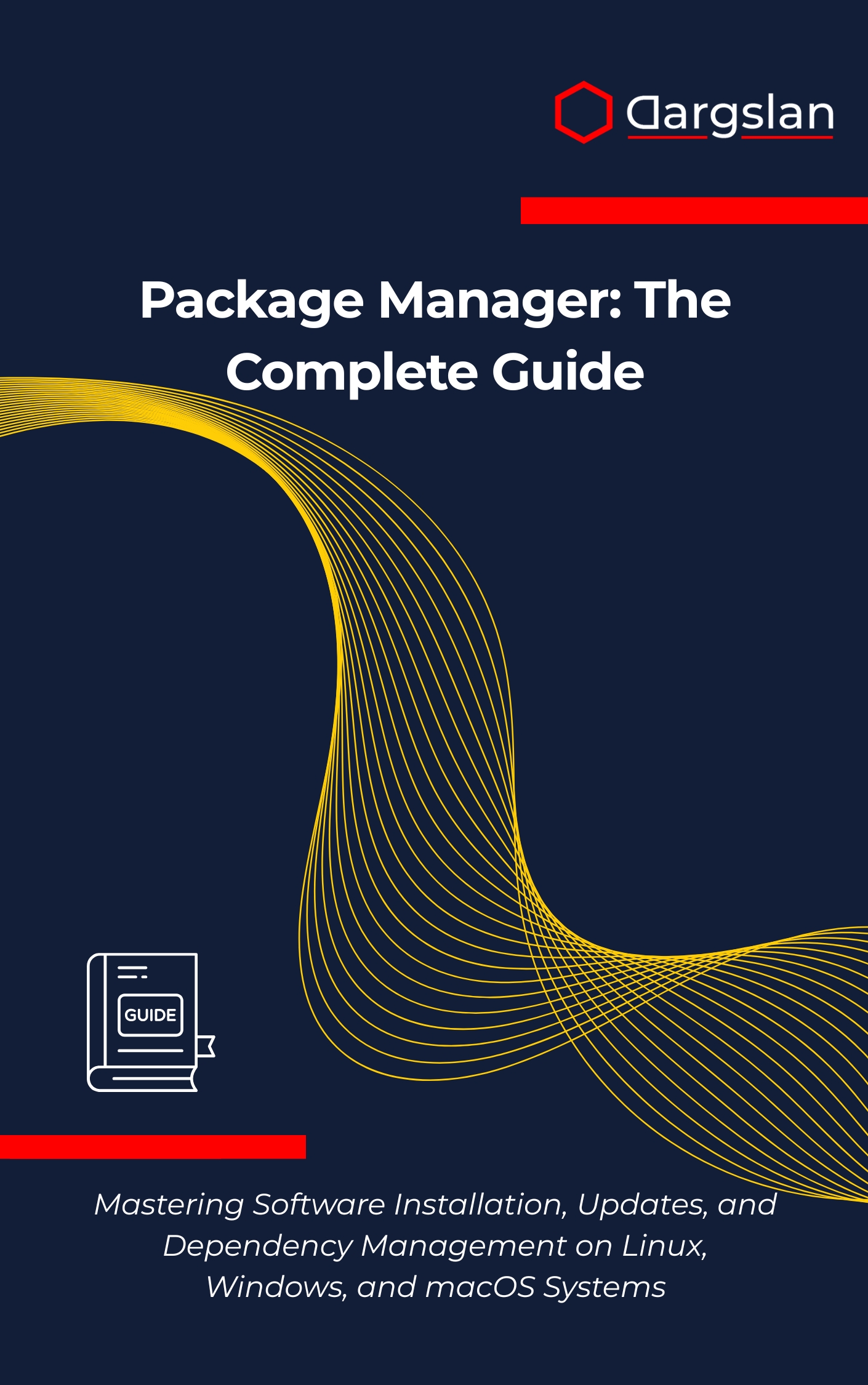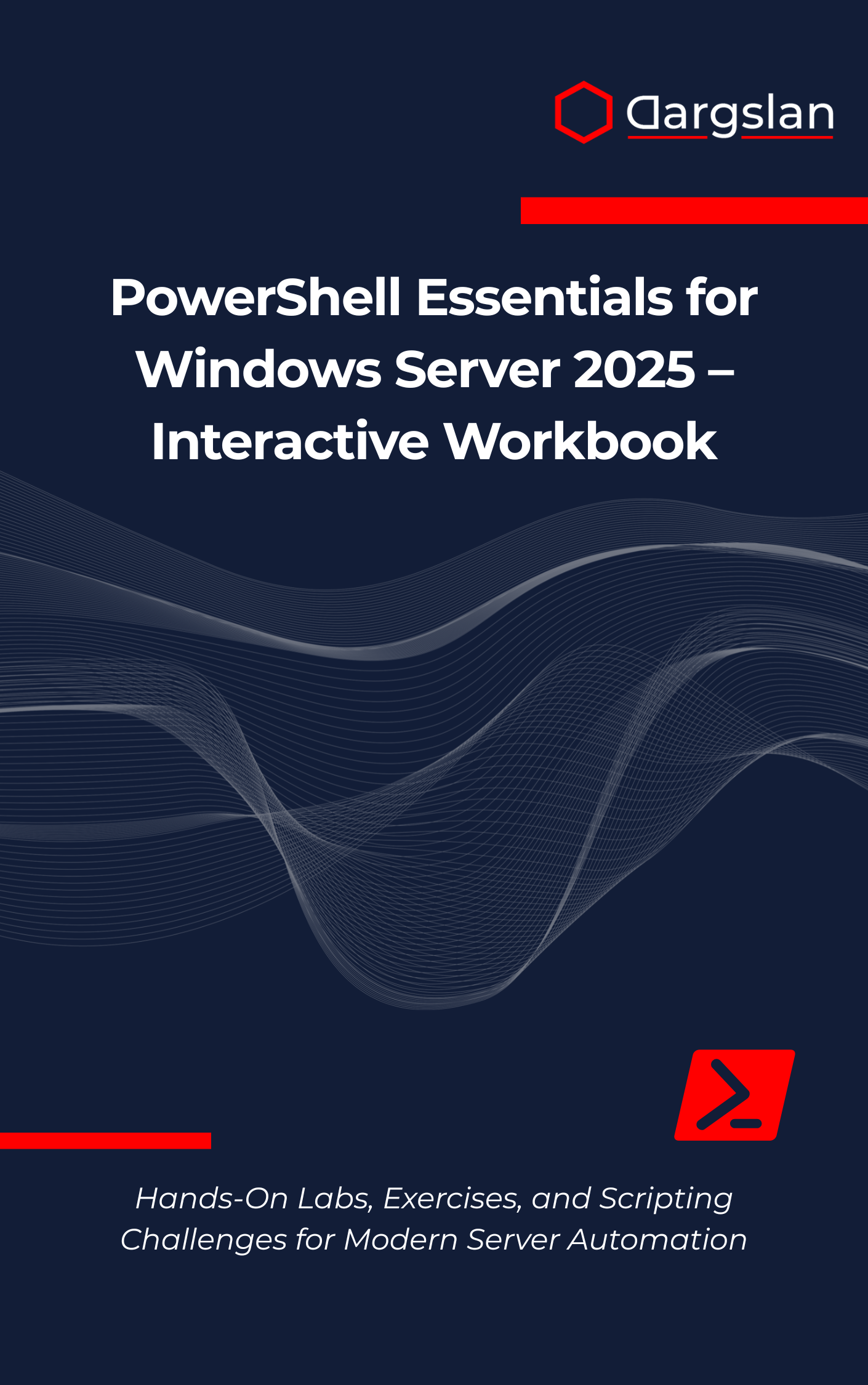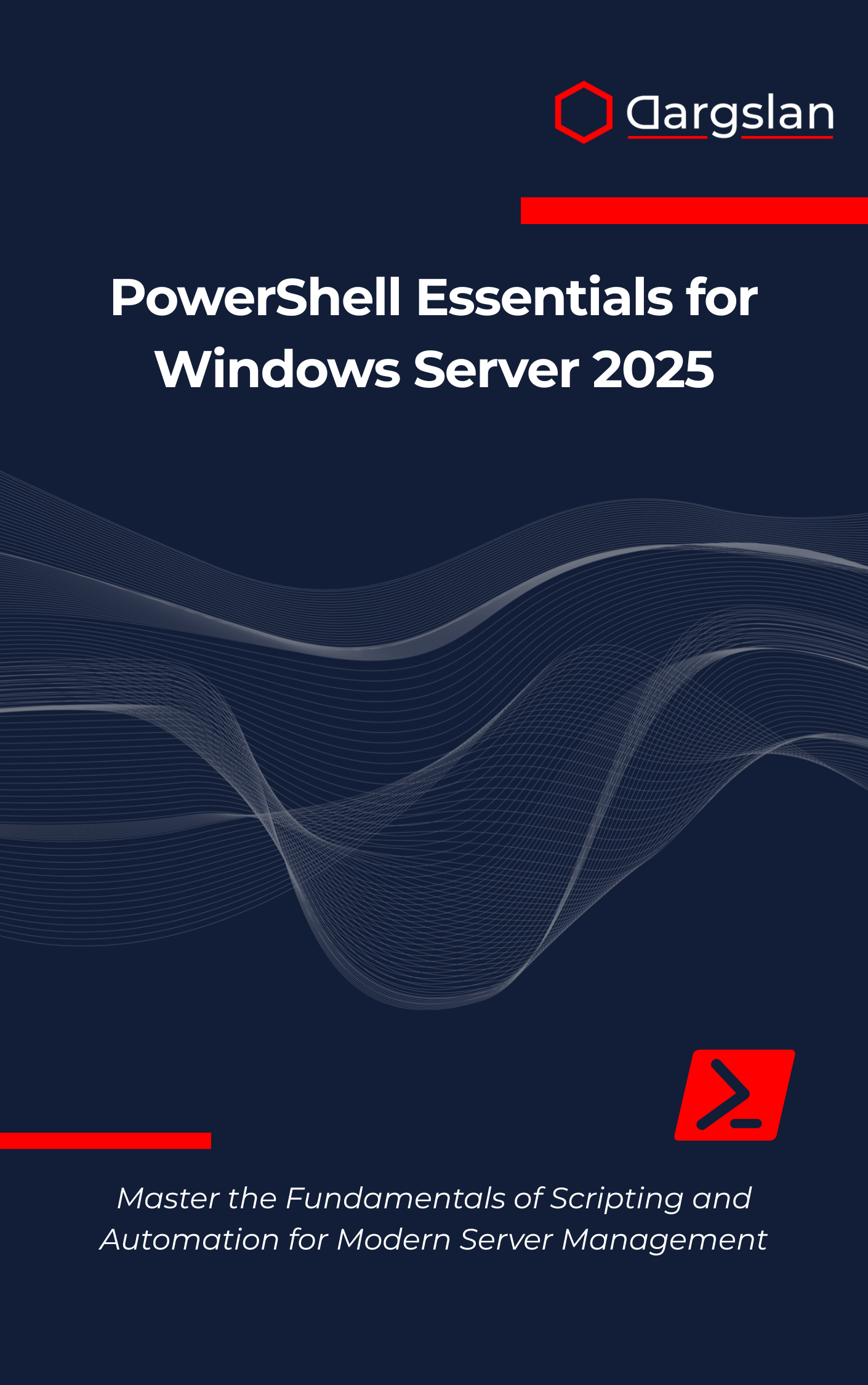Linux Automation with Cron and Anacron
Linux Automation with Cron and Anacron: Mastering Scheduled Tasks and System Automation on Linux Systems,Automate Linux tasks using cron and anacron to save time and improve reliability.
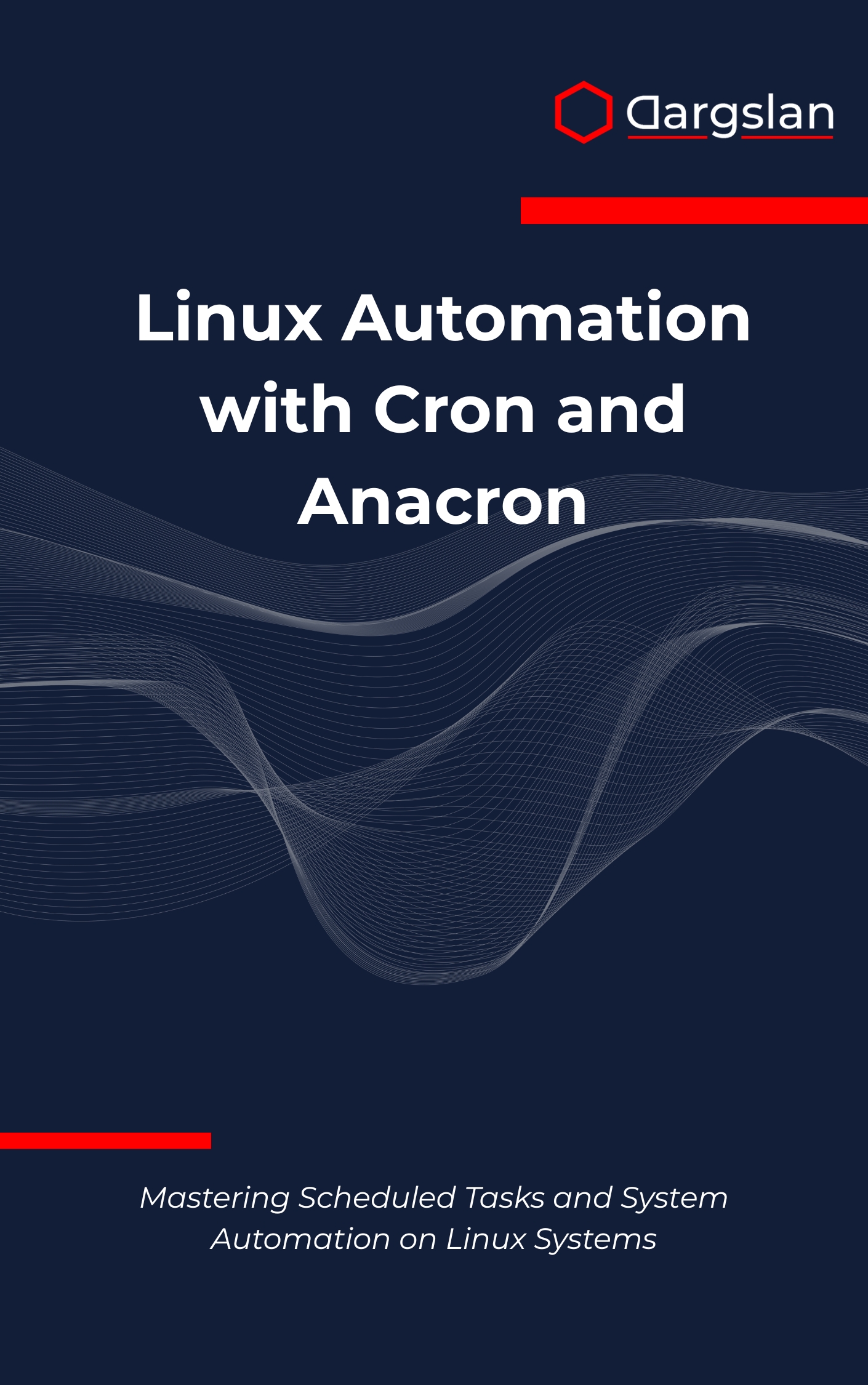
Keeping Linux systems healthy and predictable isn’t about heroics—it’s about dependable automation. If you’re ready to eliminate manual toil, reduce errors, and make maintenance effortless, this book shows you how to turn schedules into a superpower.
From daily backups to resilient monitoring and cleanup routines, you’ll learn proven patterns for building jobs that run on time, every time—even when machines reboot or go offline. Step by step, you’ll master cron and anacron and build a reliable automation toolkit you can deploy with confidence.
Mastering Scheduled Tasks and System Automation on Linux Systems
Overview
Linux Automation with Cron and Anacron is a practical, production-focused guide to building reliable schedules across servers, workstations, and mixed-uptime environments. As a comprehensive programming guide and technical book, it walks you through Cron fundamentals, crontab syntax, anacron configuration, and task scheduling with an emphasis on automation best practices and security considerations. You’ll sharpen troubleshooting techniques, streamline system maintenance, design backup automation, improve log management, implement monitoring solutions, and use shell scripting integration, error handling, and production deployment strategies to deliver durable results on Linux.
This IT book blends step-by-step explanations with hands-on exercises to help you apply concepts immediately. Whether you’re tuning a single node or a fleet, Mastering Scheduled Tasks and System Automation on Linux Systems gives you a blueprint for resilient operations that scale.
Who This Book Is For
- System administrators and SREs who want predictable, low-touch operations—learn to design fault-tolerant job schedules, enforce least privilege, and standardize maintenance across environments.
- Developers and DevOps engineers aiming to ship reliable services—gain clear patterns for crontab syntax, shell scripting integration, monitoring hooks, and production deployment strategies that reduce on-call noise.
- Linux enthusiasts, students, and home-lab builders ready to level up—turn ad hoc scripts into professional-grade automation with smart defaults, audit-friendly logs, and recovery-first practices.
Key Lessons and Takeaways
- Build rock-solid schedules from the ground up—master Cron fundamentals, craft readable crontab entries, and handle environment concerns (PATH, locales, and MAILTO) so your tasks behave consistently across distributions and shells.
- Write jobs that are resilient by design—use error handling, exit codes, retries, and idempotent scripts to survive reboots and network hiccups, while logging with rotation in mind for easier auditing and troubleshooting.
- Close the gap on missed runs with anacron—configure anacron to complement cron on laptops, VMs, and servers with irregular uptime, ensuring critical maintenance and backup automation always catch up safely.
- Harden automation at every layer—apply security considerations like least privilege, dedicated service users, file permissions, secret management, and sanitized environments to protect credentials and systems.
- Tame system maintenance at scale—automate log management, temporary file cleanup, patch windows, and service restarts with guardrails, and wire tasks into monitoring solutions so failures trigger fast, actionable alerts.
- Deploy with confidence—use production deployment strategies such as canary schedules, staged rollouts, and rollback plans; validate changes with test crontabs, dry runs, and health checks before going fleet-wide.
Why You’ll Love This Book
You get clarity without fluff: concise explanations, checklists, and real-world scenarios drawn from production environments. Each topic is paired with hands-on examples and practical exercises, so you can move from concept to implementation quickly. Templates, quick references, and troubleshooting guides make it easy to standardize your approach and scale it across teams.
How to Get the Most Out of It
- Start with the fundamentals, then layer complexity—work through Cron fundamentals and crontab syntax before diving into anacron configuration and advanced automation best practices. Annotate examples and adapt them to your environment to build a reusable playbook.
- Apply concepts incrementally—pilot new jobs in a lab or non-critical environment, enable verbose logging, and simulate failure paths to validate error handling. Add monitoring solutions and alert thresholds so you detect drift or regressions before they affect production.
- Tackle mini-projects to cement learning—build a backup automation workflow with verification and rotation, implement log management that ties into your SIEM, and schedule a lightweight health-check script that reports service status and metrics at regular intervals.
Get Your Copy
Ready to turn repetitive tasks into reliable, self-healing workflows? Equip yourself with a field-tested roadmap to schedule design, secure execution, and confident operations on Linux.

